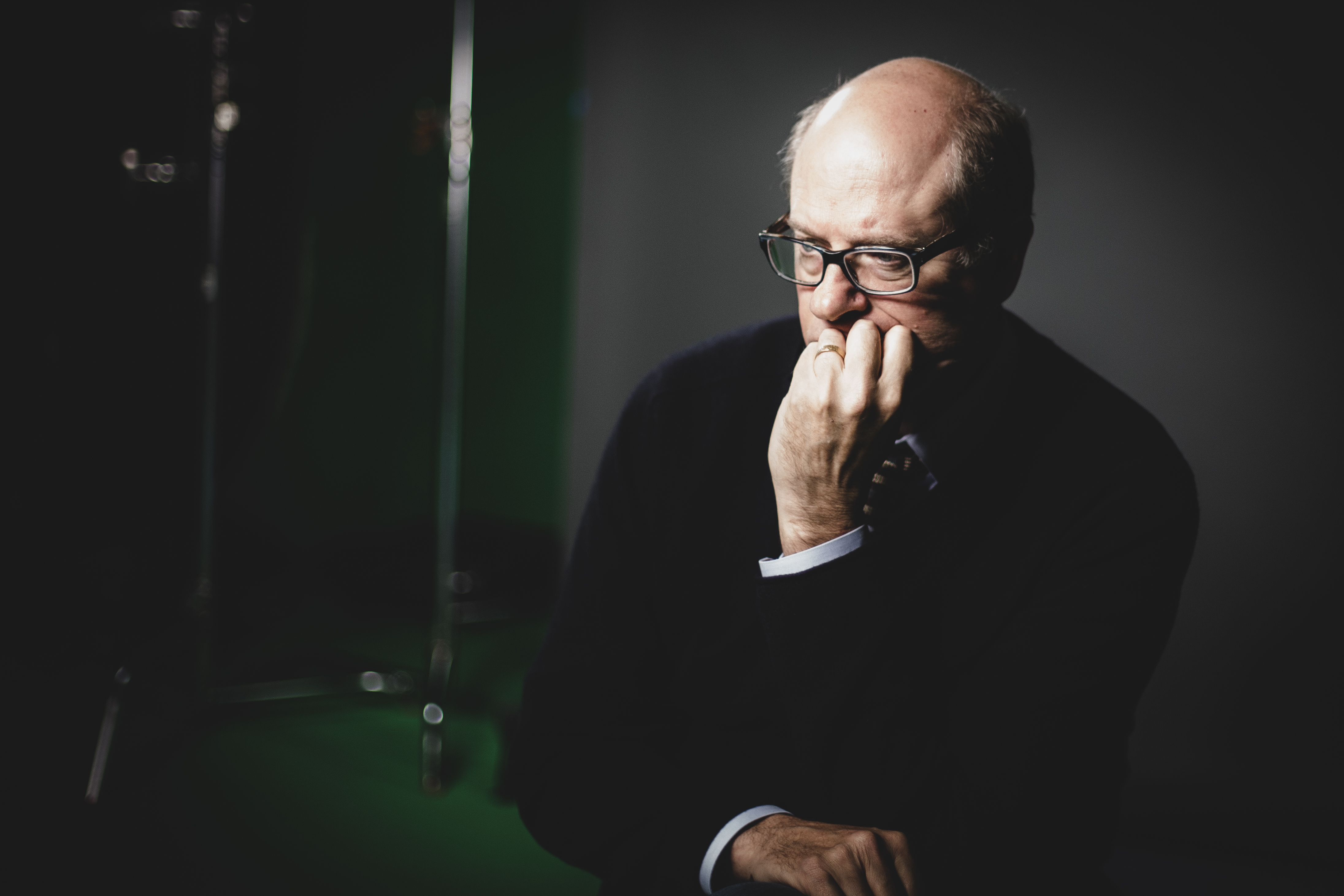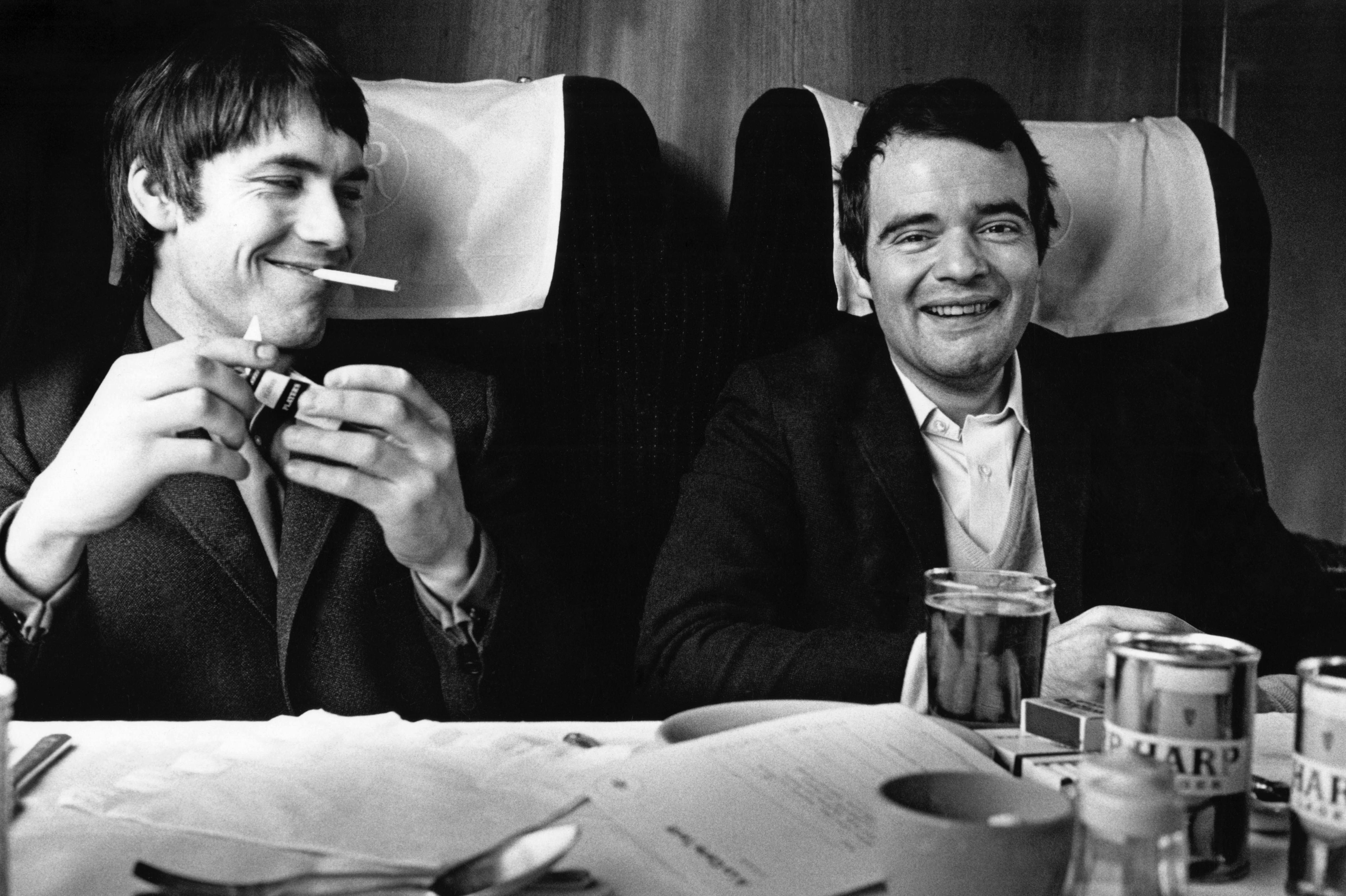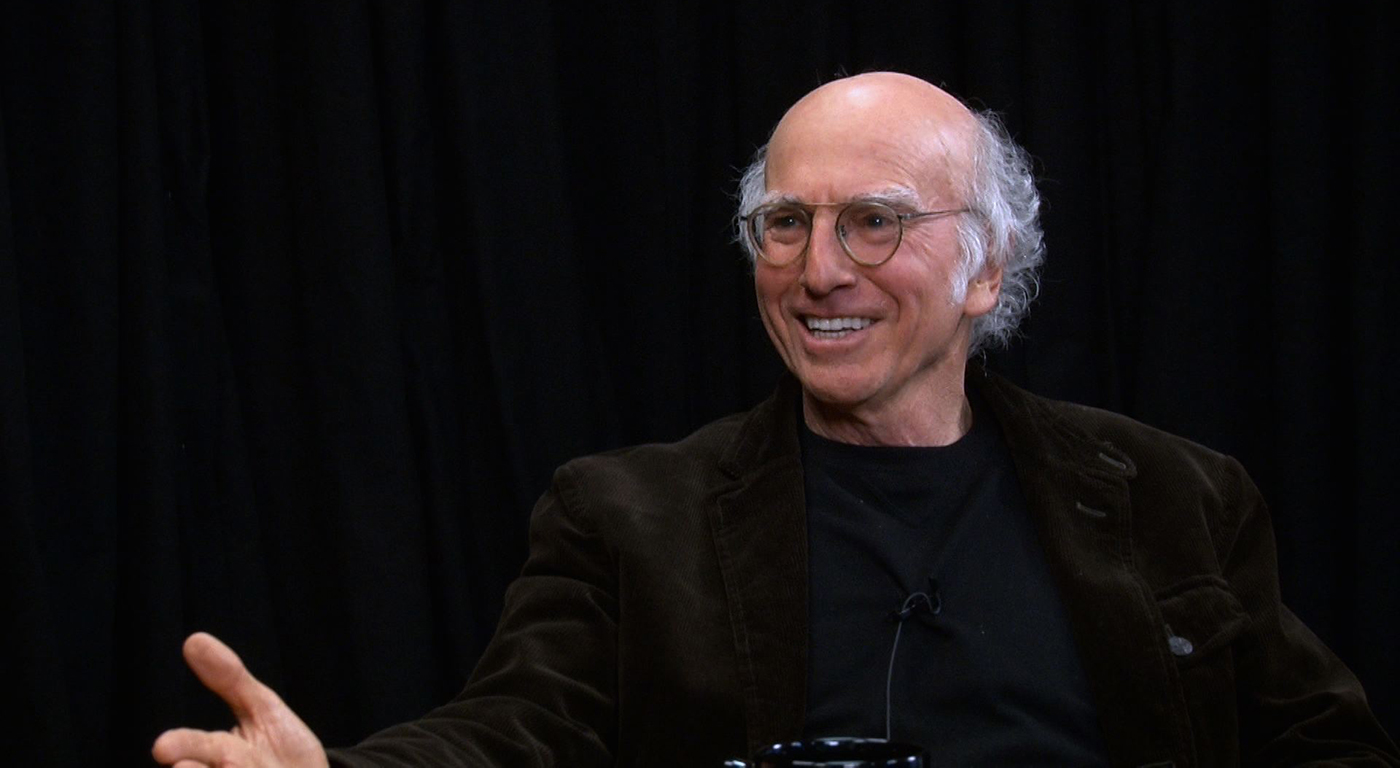STAR WARS EXPLODED into the public consciousness in 1977 seemingly out of nowhere. Audiences devoured its state-of-the-art effects and swashbuckling adventure, and a generation of kids found a modern movie myth: The Wizard of Oz by way of Flash Gordon. I was 13 at the time and knew nothing of George Lucas’ inspirations (everything from cliffhanger serials to Akira Kurosawa’s Throne of Blood), but I felt his enthusiasm and excitement in every frame. It was pulp, pure and simple, and I was hooked. And so were bazillions of other filmgoers who helped turn Lucas’ vision into a veritable religion.
STAR WARS: EPISODE I—THE PHANTOM MENACE
now playing at Neptune and Cinerama
Star Wars came alive in the dirt and grime and battered look of futuristic technology outdated in its galactic backwater locale. Lucas inhabited his universe of techno-toys and new-age mysticism with the brash soul of a mythic hero reborn for our generation, and he gave recycled action the edge-of-your-seat excitement of a director who still was blessed with enough naivet頴o put his heart into such pulp filmmaking.
The Phantom Menace kicks off with the same giddy promise of adventure: John Williams’ brash fanfare, the lead-in “Long ago in a galaxy far, far away . . . ,” and the scroll across the starfield (the “our story so far” that gives us the feeling we’ve plopped into the middle of something really big) all gave me the requisite goosebumps, and the opening scenes, where the conspiratorial sense of menace leads to an acrobatic light-saber battle, jump forward with old-fashioned wipes that leapfrog through the plot.
As for the movie proper: Liam Neeson, as Qui-Gon Jinn, makes a fine Jedi master—calm, confident, and a helluva swordsman; Ewan McGregor is an ambitious if too restrained young Obi-Wan Kenobi. The two, emissaries sent to investigate an economic blockade, find the roots of a planetary invasion. Their adventure takes them, along with Queen Amidala (Natalie Portman), to the planet Tatooine, where they meet young Anakin Skywalker (Jake Lloyd)—who, as every fan knows, will grow into the evil overlord Darth Vader. (Here he’s still a cute, only mildly cloying kid.) Considerably more obnoxious is a completely computer-generated character named Jar Jar—a horse-faced lizard biped who is a marvel of design but a tiresome bore, all comic-relief clumsiness and Yoda-esque grammatical twists.
The film stalls on Tatooine, and never quite regains its momentum. The climactic Jedi battle, however—a high-energy fight against the demonic, hissing villain Darth Maul (Ray Park), who moves like a Hong Kong action hero—is the best light-saber duel in the Star Wars series to date.
The movie’s problems are not all a simple matter of plotting (although the story is frustratingly bereft of complications). After 22 years out of the director’s chair, George Lucas has lost his sense of wonder, and found instead a stolid producer’s vision. As a result, he can make a movie look amazing, but you can tell his heart isn’t in it. With a cast of accomplished actors playing characters of dignified restraint, the poise and control work against the film: There’s no passion, no cockiness, no hungry overacting or youthful showboating. No edges. Flush with astounding special effects and imaginative designs come to life with the magic of CGI, The Phantom Menace is so shaped by digital technology that it’s smoothed the life right out of the film.
NOT THAT THIS will make one dollar’s difference in the opening weekend. Star Wars may have come from a galaxy far, far away, but The Phantom Menace has become the most anticipated media event ever orchestrated on Earth. When word came down that The Phantom Menace was considerably less than its hype, the Internet—which fueled so much of the anticipation with chatroom and newsgroup discussions, and thousands of tribute sites, exploded in a disappointed buzz from the lucky few who managed to get invites (or sneak into) exhibitor screenings and media previews. Then a pan in Variety made headlines of its own. But did anyone notice the lines dying down? Me neither. You’ve heard rumors of the legendary critic-proof movie; Lucas has crafted an audience-proof film, concocted of one part baby-boomer nostalgia, one part state-of-the-art effects, and one part bait-and-tease.
But maybe we’re all just overreacting. The Phantom Menace would have been hard put to meet such exalted expectations even if it was brilliant, and Lucas quite obviously made this film not for the devoted adults looking to relive the excitement of their adolescent experiences, but for a new generation of kids. So, fine—for all of us adults it’s slow, it’s mired in moments of cuteness, and it’s more fairy tale than science-fiction space opera. So what if The Phantom Menace isn’t the Second Coming? It’s only a movie.






